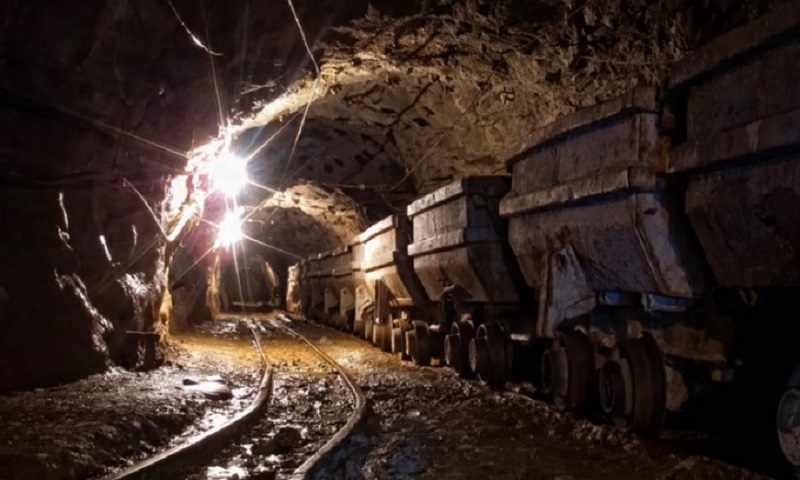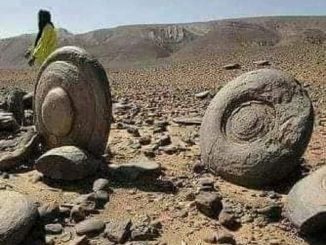Mponeng gold mine located at a depth of 4 km below the Earth’s surface is the deepest gold mine in the world today.

Mponeng gold mine has extremely high temperatures because it is deep underground. Photo: A_Dozmorov
Miners working in mines in Gauteng province, South Africa, had to take an elevator 90 minutes to get there, wearing protective gear and emergency breathing equipment, according to IFL Science. The mine well is so deep that the Earth’s geothermal gradient becomes a major problem because the temperature inside the Earth increases with depth. The temperature of soil and rock can reach up to 60 degrees Celsius underground, far beyond the heat that humans can withstand. This prompted many innovations with cooling structures, which help maintain the world’s deepest mine at workable temperatures despite the planet’s molten core.
Ventilation systems combined with chillers send cool air through the man-made cave system as well as a mixture of ice and cold water, helping to minimize the worst effects of high temperatures. However, miners need to work in shifts to avoid being exposed to dangerously hot conditions for too long.
Working at such great depths also comes with the possibility of barotrauma, a disease first recorded in French miners in the early 19th century. Barotrauma occurs when moving from high pressure areas. to low pressure areas in a short time. For this reason, it is also known as decompression sickness, which today mostly affects divers, pilots, astronauts and people working in compressed air environments.
Moving from a high-pressure area like the deepest mine on Earth to a low-pressure area like the ground can create nitrogen gas bubbles in the body. According to the Centers for Disease Control and Prevention, this becomes a big problem when pressure changes happen too quickly, releasing gas into the body. The process can be very painful and sometimes fatal. Therefore, there are many measures that need to be followed to control temperature and airflow, helping to reduce the pressure on the miner’s body.
Mining at extreme depths requires creating and maintaining tunnels that can withstand the pressure of surrounding rock without collapsing. Every day, 2,300 kg of explosives are used to clear 6,400 tons of rock, according to Guinness World Records. In addition to providing gold, Mponeng also brings many unexpected discoveries. In 2006, researchers discovered the first biological organization living independently of the Sun in a gold mine. They rely on radioactive activity for energy and could be an example of how life exists on other planets.


